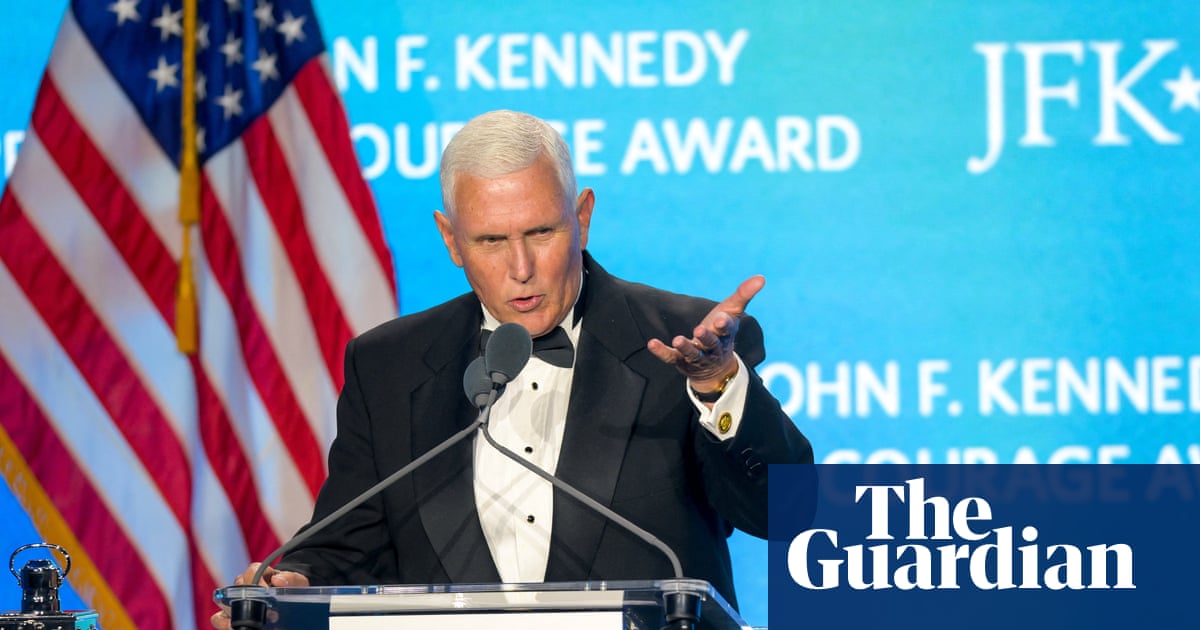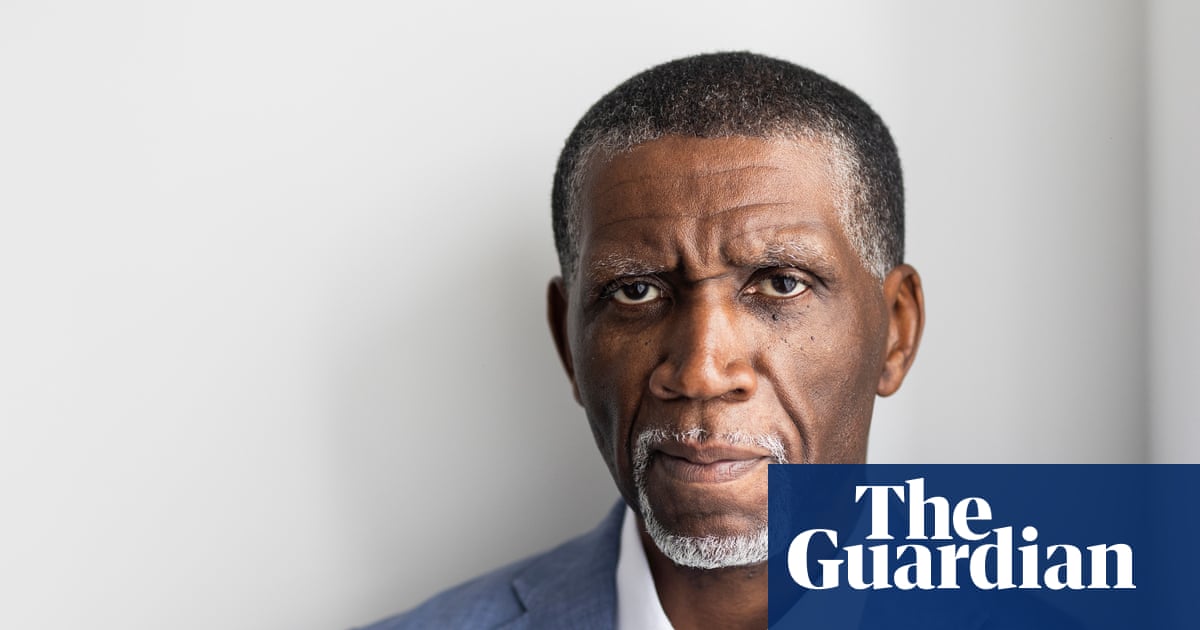Amid all the horrors of the second Trump administration, the demolition of the East Wing is hardly in the top 10. But it provides a powerful symbol of wanton destruction – and, as Trump himself knows full well, images matter greatly in politics. It also curiously combines so many elements of a distinctly Trumpian approach to government: shameless falsehoods about the proposed ballroom (“It won’t interfere with the current building. It’ll be near it but not touching it”); complete disregard for legislation (in this case rules about preservation), and unprecedented levels of cronyism (with CEOs trying to curry favor with the president through donations to a grotesque project of self-aggrandizement). There is also something very poignant about the destruction of an edifice which had provided an office of one’s own for first ladies. For all these peculiarities, Trump’s disfiguring the White House fits into a larger global trend: far-right populist leaders in many countries have used spectacular architecture to advance their political agenda and, more particularly, to set their vision of a “real people” – as in “real Americans”, “real Hungarians” et cetera – in stone.
Just before Christmas 2020, in the dying days of his first administration, Trump had already taken time off from his busy schedule promoting the big lie about having won the election in order to issue an executive order entitled “Promoting Beautiful Federal Civic Architecture”. The order made “classicism” the preferred style for new federal buildings, stopping just short of banning modernism entirely. Biden rescinded the order; Trump brought a version of it back right on inauguration day this year. What is almost entirely forgotten is that the 2020 order had belonged together with Trump’s “1776 commission”, the ill-fated attempt to whitewash US history; both the architecture orders and the instructions for history teaching were meant to promote an image of the US as pure and “beautiful”.
In his use of the built environment, Trump is less an example of American exceptionalism than is suggested by credulous accounts of “Trump, ever the developer.” Turkey’s president, Recep Tayyip Erdoğan, has had massive structures erected, from a gigantic mosque in Istanbul to a new presidential palace in Ankara; he has also promoted the Ottoman-Seljuk style as reflecting his neo-Ottoman understanding of Turkey. Viktor Orbán’s reconstructions of historical edifices on Budapest’s Castle Hill are supposed to present a correct understanding of Hungarian history; India’s prime minister, Narendra Modi, has been reconstructing Hindu temples – most controversially on the ruins of the destroyed mosque in Ayodhya.
The pattern is usually this: one layer of history – be it the Mughal period or, in Hungary, state socialism with its modernist buildings – is removed and a reconstruction is celebrated as a return to a people’s authenticity and greatness. But beyond this symbolic message about “the real people”, large construction projects demonstrate dominance; the implicit claim is: “We won and now the country is ours!” And that claim is inevitably in citizens’ faces: one might avoid all kinds of propaganda online and on TV, but one cannot avoid buildings in everyday life. Even if such autocratic figures were removed from office – and of course they do everything to avoid that outcome – their edifices and monuments will remain.
True, in one sense Trump’s case is unique: he already had a portfolio of buildings before assuming office – though most of his own buildings had never been particularly classical; instead, they are modern on the outside, while on the inside one finds a nouveau riche fever fantasy of Versailles – which has now also spawned an engoldened Oval Office, displaying what an astute critic, Kate Wagner, has called “regional car dealership rococo”. And while size matters for all far-right leaders on one level (just think of Erdoğan’s enormous palace in Ankara), hardly anybody else would have fixated on a ballroom. Perhaps the reason is as banal as the fact that banquets and catering were one of the few business ventures in which Trump ever had genuine success; more likely, it is a space for unlimited adulation of the president and for plenty of occasions for “deal-making”.
Architects promoting traditional styles have been happy to go along with Trump’s ideas. To be sure, style is never just reducible to a particular politics; modernism is not automatically progressive (some fascist edifices in Italy are modernist marvels). But the way some promoters of classicism have talked about “beauty” and insisted that “classical public buildings make us feel proud of our country” is not only backward-looking; it easily legitimizes a Magalomaniac architecture of little aesthetic value.
The architect in charge of the ballroom, James C McCrery II, trained with, and worked for, Eisenman, one of the great proponents of the “deconstructivism” in architecture that one of Trump’s executive orders explicitly derided for its “disorder”. McCrery came to regard non-traditional architecture as “ungodly” and started to specialize in church architecture. Eisenman in turn has called the ballroom plans “bonkers” and observed that “putting a portico at the end of a long facade and not in the center is what one might say is untutored”.
This monstrosity might well be empty most of the time (unless it can be re-purposed to store classified documents). It is not too early to think about how it could either be modified or perhaps removed altogether. Of course, the Maga activists who opposed every removal of a Confederate statue in the name of “preserving history” would not be happy. But then again, they had nothing to say about the destruction of the East Wing – a building of which citizens who have visited the White House are likely to have fond memories.
-
Jan-Werner Müller is a Guardian US columnist and a professor of politics at Princeton University

 3 hours ago
6
3 hours ago
6

















































